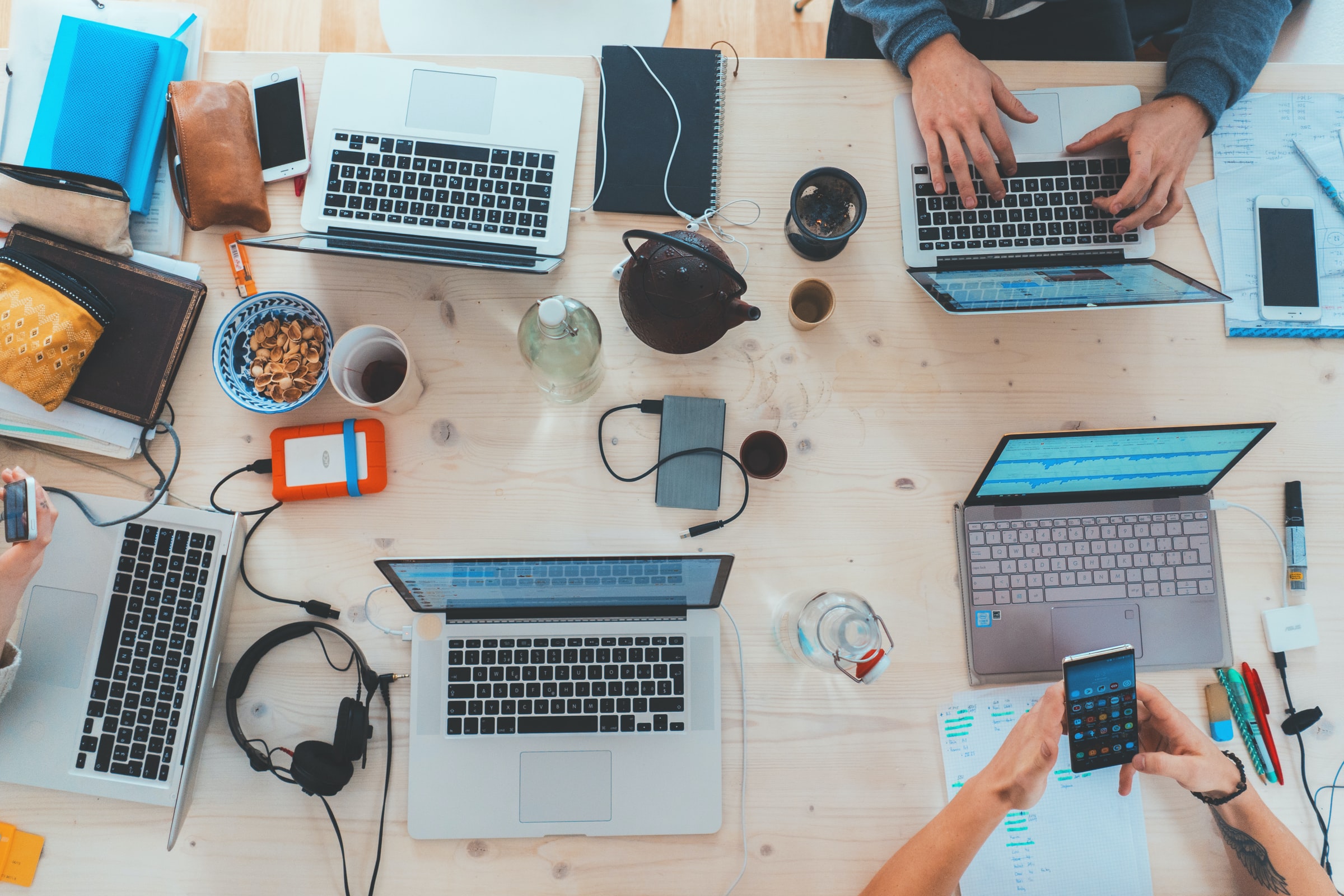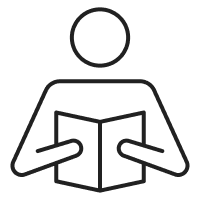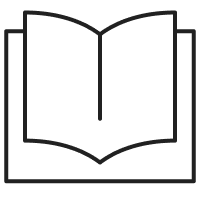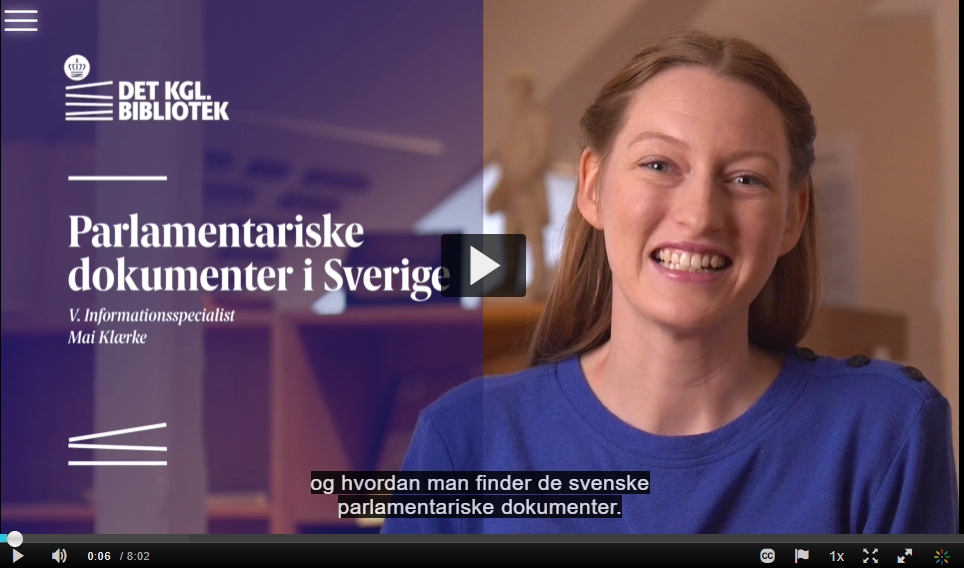
LearningLib
Åbne nordiske biblioteksproducerede LÆRINGSRESSOURCER som udvikler studerendes akademiske digitale kompetence – lad dig inspirere, genbrug eller producer selv!
Læringsobjekter
Her finder du korte læringsobjekter indenfor informationsfaglige områder til brug i andre fag faglig læringsforløb.
Del og genbrug
Del dine objekter og lad dig inspirere af andres. Er der givet tilladelse, kan du duplikere og genbruge eksisterende objekter og tilpasse dem dit behov.
Lav dine egne
Hvis du er ansat på et FFU bibliotek, så kan du skabe dine egne læringsobjekter – fra grunden eller på baggrund af andres læringsobjekter.




